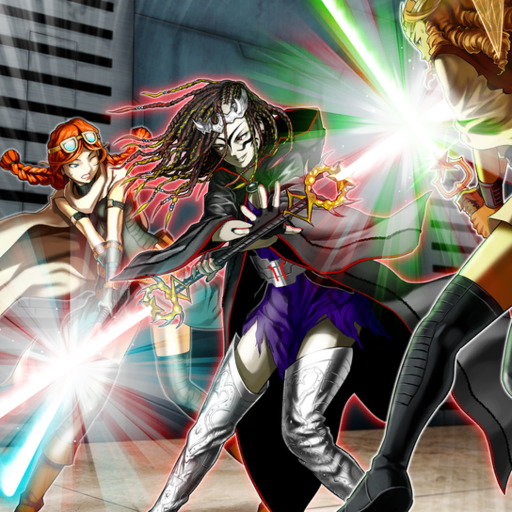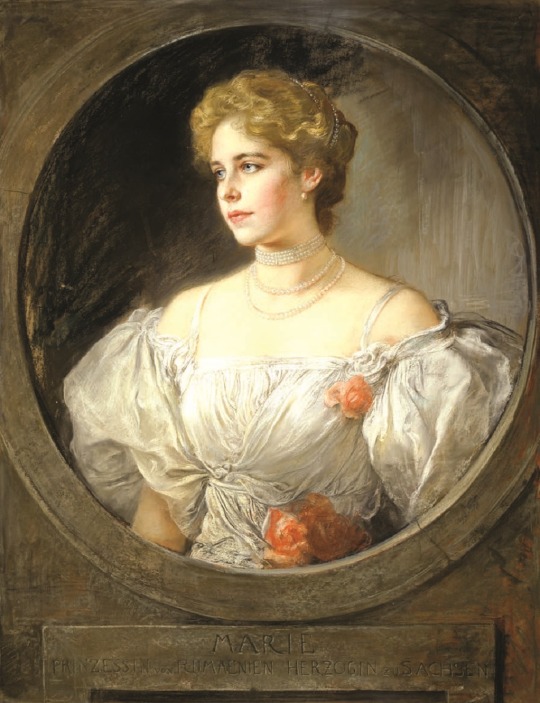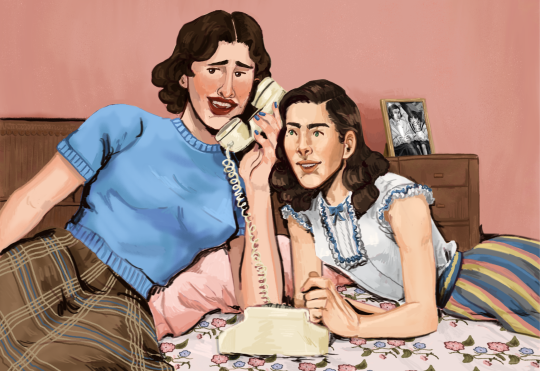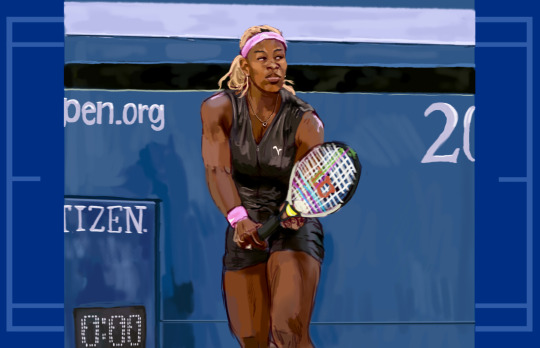#f.a.
Explore tagged Tumblr posts
Text

I don't rlly like the rest of this sketch but look at this cute crop!
#this is the puppy they get when parfait is growing up :“)#max's art ♡#max's ocs ☆#f.a.#frances a.#ooooo.....look at it though...this isnt bad crop for a piece tbh......#eye contact#also i know.... I need to work on showing age....😔
7 notes
·
View notes
Text
It's still fun thinking about during the beginning events of m(two), Donnie was just 12 in '45!! 🥺🥺 (He lives there, btw, as of right now lol, which I why I am mentioning it lol)
& In '49, Fran and her older sister, Mary, move to New York (I don't think the M Series renamed the State idk)!! Well, not like the main city, because they moved because Mary was starting up her schooling at Vassar College! So they lived closer there, but they did travel to the actually city-city a lot!! Anndddd wild to think about, when Vito gets out of prison; some of the stuff he was still doing in '51, Frances was still in her senior year of high school there!!
All this to say, it means absolutely nothing in the grand scheme of things. I just forgot how many of my characters for a lil bit of time, or most of the time for Dante, we're actually over here. I have been working out their stories, and these parts are kinda newer so that's very fun!
Though I really am not familiar with m(two) news, like at all. I don't know what that Vito does makes news or not. I am sure a thing or two does, though, so they'd hear about that.
11 notes
·
View notes
Text
Round 1f, Match 2: F.A. vs. Codebreaker vs. Kozmo!



F.A. Hang On Mach // Codebreaker Zero Day // Kozmo Lightsword
#yugioh#yu gi oh#yugioh!#yu gi oh!#yugioh archetype tournament#tumblr tournament#bracket#yugioh tcg#F.A.#Codebreaker#Kozmo
4 notes
·
View notes
Text
Ooo listening to Growing Pains, let's hope nothing crazy happens😵💫🤪😵💫🤪
3 notes
·
View notes
Text

#movies#polls#Intolerance: Love’s Struggle Throughout the Ages#Intolerance Love’s Struggle Throughout the Ages#Intolerance: Loves Struggle Throughout the Ages#Intolerance Loves Struggle Throughout the Ages#intolerance#Love’s Struggle Throughout the Ages#Loves Struggle Throughout the Ages#10s movies#d.w. griffith#lillian gish#mae marsh#robert harron#f.a. turner#sam de grasse#have you seen this movie poll
44 notes
·
View notes
Text


4 more editions of THE UNIVERSE by F.A. Pouchet


#beautiful books#book blog#books books books#book cover#books#vintage books#illustrated book#book design#f.a. pouchet
90 notes
·
View notes
Text


Sandra Lehnertová and Matěj Stropnický in May (Máj) 2008, dir. F.A. Brabec IMDB
#Czech#čumblr#Czech cinema#Czech film#May#Máj#F.A. Brabec#Matěj Stropnický#Sandra Lehnertová#Karel Hynek Mácha#film#film edit#romance#drama#crime#adaptation#Czech literature#central Europe#European film#European cinema#Czechia#Czech Republic#Czech pop culture#2000s#gif#dailyworldcinema
28 notes
·
View notes
Note
I don't know if you're familiar with Little Shop Of Horrors but consider this;
Hob Gadling as Seymour
Dream as Audrey
The Corinthian as Audrey II
You can thank me later. ;)
- F.A.
I do love this as a concept!!!!! Also someone made this amazing Little Shop of Horrors AU art which I absolutely love.
I kinda think it would be romantic for Hob and Dream to be devoured together by the Corinthian's ravenous jaws <3 maybe in some kind of vaguely erotic plant-sex way. Or maybe in this AU they decide to keep the Corinthian and just feed him meat from animals so he doesn't go around murdering people! Maybe they move out to the suburbs all together and plant him out in the yard, and they all live happily together!
10 notes
·
View notes
Text

Crown Princess Marie of Romania by Kaulbach. I believe this painting is in the National Museum of Art of Romania.
167 notes
·
View notes
Text
The Way I Fly to You
Arm over arm. Hook the elbow. Lift. Grab the next rung. Lift. Step by step. Two rungs with each left. Lift. One with each right. Lift. Do not look down. The Light is above. It calls. It is worth it. It must be. Lift.
Almost there. Alm— oh.
“Hullo, kinsman! Before you think of climbing the rest of the ladder, I’d like to point out that it’s easily detachable from the deck, and the ground is a considerable way down. Now, I do believe you owe my wife and me several apologies?”
“Honk!”
Maedhros really should have thought this through.
#silmarillion#the silmarillion#tolkien#silm fic#maedhros#earendil#elwing#drabble#stormwritten#in which Maedhros tries to go for a different Silmaril at the end of the War#why yes that title is a Snake Eater reference#Elwing is currently a goose and about to make it a kinslayer's problem#Earendil and Elwing: obeying the letter of the Doom but not the spirit since F.A. 542
35 notes
·
View notes
Text

Do you love a good friends to lovers story? What about a bi awakening? What about both? Check out my latest blog post for some thoughts on the trope as well as a reclist featuring bi awakenings as well as specifically acespec books in the genre!
#lgbtq romance#lgbtq books#book review#books to read#bi awakening#ace awakening#acespec recs#f.a. ray#mia monroe#saxon james#may archer
22 notes
·
View notes
Text




Yaaaaaaaaaaaaa (modern) LiP Crew in inZ*i! 🤗
#im most happy with mare but theyre all kinda cute sksksksksk#fran's hair should be darker and donnie's should be less red (and his forehead smaller but i couldnt change that)#but theyre all cute!#f.a.#d.r.#m.a.#e.m.#eye contact
5 notes
·
View notes
Text





Some Finished Drawings!
7 notes
·
View notes
Text

jeremy begay on peach pit's sweet f.a. :)
i've been listening to a lot of peach pit recently and i wanted to draw jeremy so i decided to smack them together.
original album cover below the read more

#furry#furry art#echo vn#echo project#jeremy begay#furry vn#art#digital art#peach pit#peach pit sweet f.a.#sweet f.a.
67 notes
·
View notes
Photo







The Airstream Studio F.A. Porsche Concept Travel Trailer
111 notes
·
View notes
Text


The moon last night vs this morning
📷 F. A. Wayfarer, 03.09.2023
40 notes
·
View notes